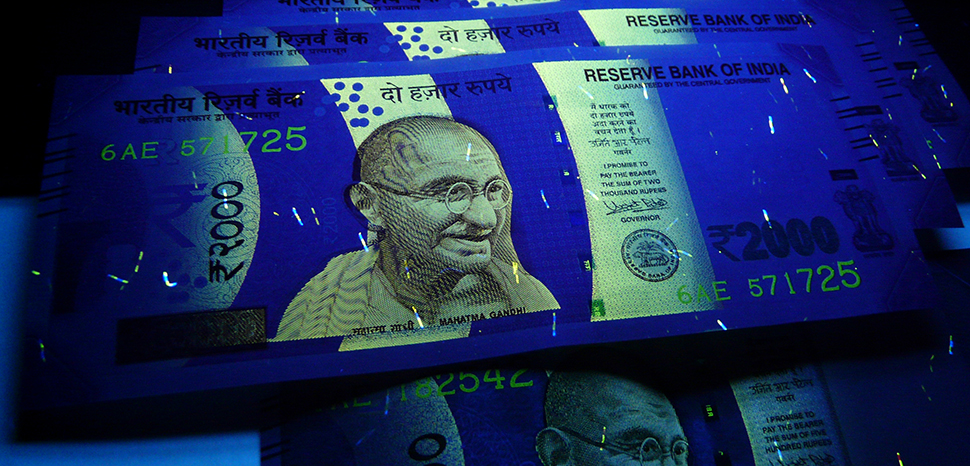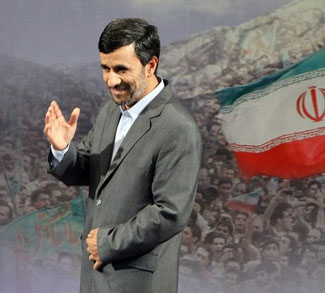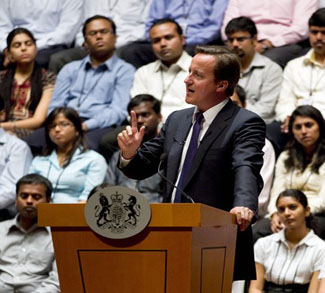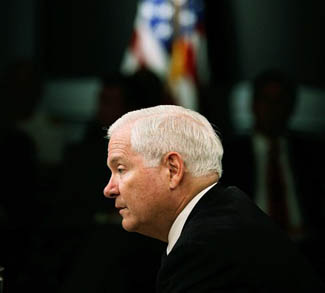India’s decision to sign on as one of the members of the Indo-Pacific Economic Framework (IPEF) could be a landmark moment for trade in the country, but it depends on how it makes use of its unique geopolitical standing. This strategic move by India is a rational next step to strengthen international supply chains, coming a little under a year after the government came out with the National Logistics Policy (NLP) aimed at strengthening domestic supply chains.
SWIFT & rupee trade
SWIFT is currently the dominant messaging network for international payments. However, there are concerns that SWIFT could be used as a tool of economic coercion like the United States and the European Union did when they imposed sanctions on Iran that effectively cut Iran off from the system, making it very difficult to conduct international trade and significantly impacting the Iranian economy. More recently, Russia’s removal from the SWIFT system further demonstrated the leverage the West has on the global financial system.
The SWIFT ban has also led to countries trying to promote settling international trade in their domestic currencies lest they be a future victim of this financial weapon. India has been one of the countries at the forefront of this effort, most recently trying to negotiate a rupee-ruble trade deal with Russia with limited success, understandably so given the limited external uses for the rupee. The IPEF provides a unique opportunity for India to take a step in the direction of increasing international rupee trade.
The UPI pitch
It is widely accepted that, despite economic powerhouses like Japan, Indonesia & South Korea being signatories of the IPEF, only India comes close to being a regional economic counterbalance to China. As the final drafts of the IPEF agreement are in the works, this is the time for India to leverage its standing in the region.
Given the economic nature of the initiative and India’s position as a leader in digital technology, one of India’s most important contributions to the IPEF could be its Unified Payments Interface (UPI). The UPI has allowed India to become a leader in digital transactions, having processed over 100 billion transactions since its launch in 2016. This tried-and-tested ability to handle such never-before-seen volumes could make UPI a valuable tool for improving supply chain resilience in the Indo-Pacific region, only bolstered by its obvious advantages over SWIFT.
SWIFT is an unnecessarily complex system that requires banks to be connected to the network in order to make transactions, rendering it inefficient and more costly. By using UPI, businesses can make secure payments to customers and suppliers in other countries without having to go through a third party or having to worry about political pressures, given India’s largely neutral standing in the global order. This can help reduce the fear and cost of doing business and can also make it easier for businesses to trade with each other. In addition to reduced transaction fees/costs, transactions occurring over UPI also take significantly less time than those over SWIFT.
In a recent meeting, Russian officials said that the reason it is difficult to engage in rupee-ruble trade is the simple fact that they don’t have much need for the rupee, and even went so far as to say that they would prefer payments in yuan, a reasonable claim given the competitiveness of China’s exports and the subsequent trade surplus it maintains with most countries. The bottom line is countries prefer to hold currencies that they can use to pay for imports, and India’s persistent trade deficits with most countries (including Russia) doesn’t make the rupee a great contender.
On this note, the long-term spillover effects of widespread UPI adoption for India are also undeniably exciting. The reduced cost of making international payments and ease of conducting transactions can translate to increased competitiveness of Indian exports and willingness to trade with India which could eventually lead to increased demand for INR and its adoption as one potential reserve currency (akin to the yuan). Moreover, the highly flexible “platform” nature of UPI allows for building additional features or applications on top of it that can further ease trade flows by providing access to financial services such as trade financing or supply chain financing.
India has already begun to overcome its domestic challenges, such as the need to improve its physical infrastructure and its regulatory environment under the NLP. Now, it has a unique opportunity to play a leading role internationally with the IPEF. By leveraging its strengths in digital technology and infrastructure and its position of “multi-alignment,” India can help build a more prosperous and secure Indo-Pacific region.
The views expressed in this article belong to the authors alone and do not necessarily reflect those of Geopoliticalmonitor.com.




